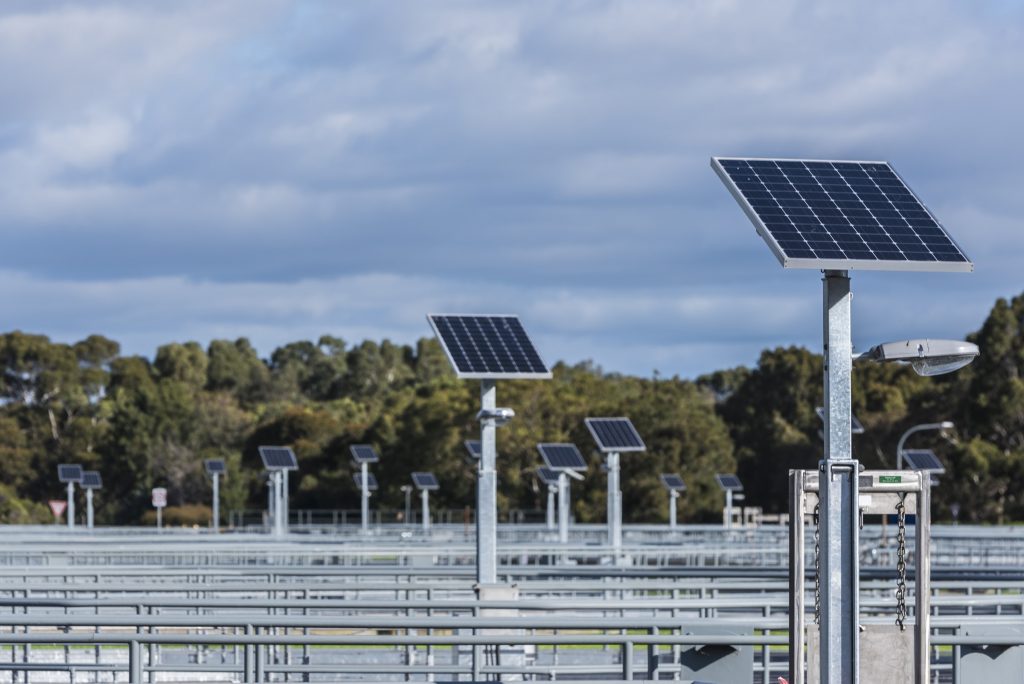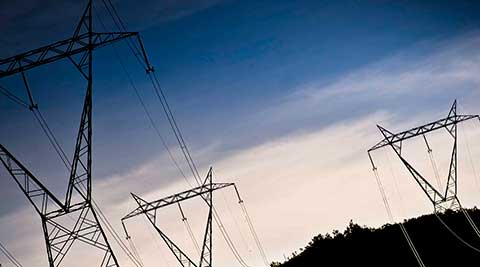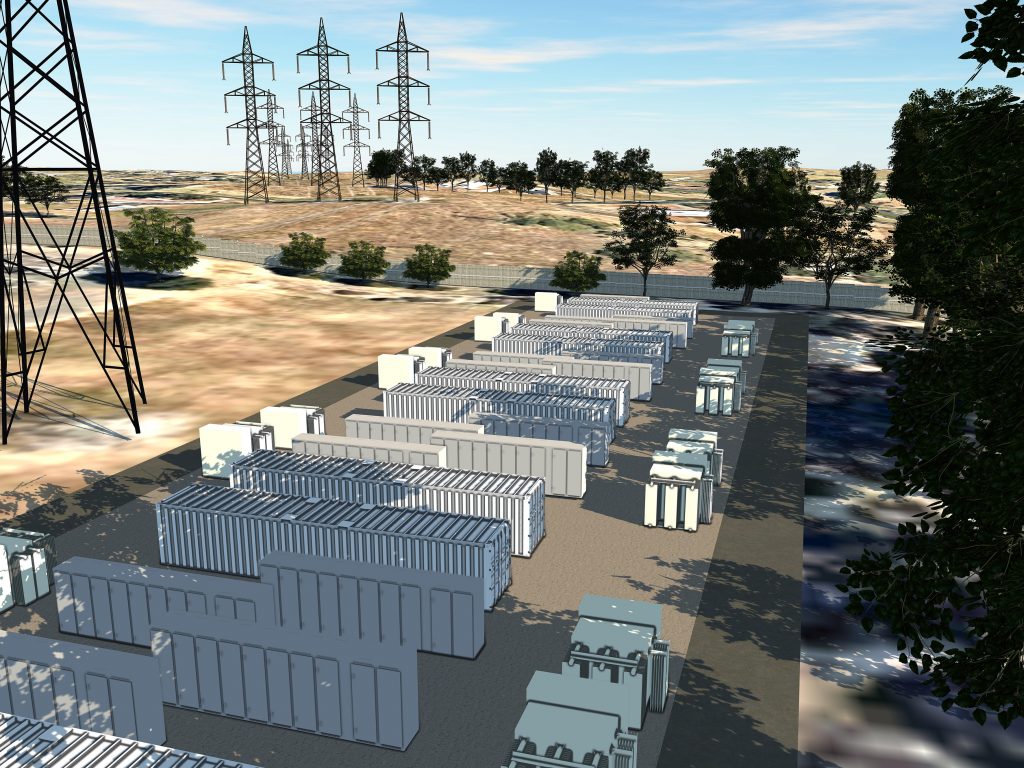The 5MW Summerhill solar farm will officially commence construction tomorrow – the farm will be located at the former Wallsend Borehole Colliery.
Summerhill solar farm
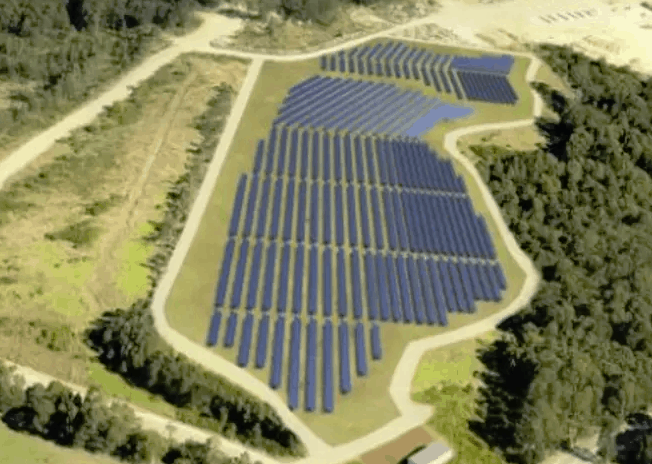
All the renewable energy created by the Summerhill solar farm will be owned by the Newcastle City Council who will then be approximately 50% powered by renewable energy.
Carnegie’s wholly owned subsidiary Energy Made Clean and JV partner Lendlease have been awarded the design and construction of the project, according to PV Magazine. It’ll be built on top of the former Wallsend Borehole Colliery. Read more about the tender here.
According to the Sydney Morning Herald, the solar plant’s cost is around $8m, with $6.5m of this provided in the form of a loan by the Clean Energy Finance Corporation.
Initial modelling shows that this plant will save around $350,000 per annum, also noting that the city council’s cost of electricity has double over the past few years – making this a very attractive option to help offset the highly volatile wholesale price of electricity. It’s listed as ‘battery ready’ according to the Altenergy website.
Nuatali Nelmes, the Lord Mayor of Newcastle, discussed the project in a media statement:
“The solar farm will produce enough energy to run the equivalent of all of our council facilities during the day, which represents significant environmental returns for ratepayers and millions of dollars in savings on electricity costs,” Mayor Nelmes said.
Further discussion shows that, although financial ramifications are very important, the eco-friendly nature of the project was ‘more than just money’:
“While cost savings are certainly a critical factor in our decision to build the solar farm, sustainability initiatives are about more than just money and our community expects us to be good environmental stewards,” Ms Nelmes continued.
This is a fantastic attitude and we look forward to seeing how well the SUmmerhill solar farm performs for the Newcastle City Council. More top news for council solar, which has been growing in leaps and bounds over the last 18 months.
Read some more articles about council solar below!

